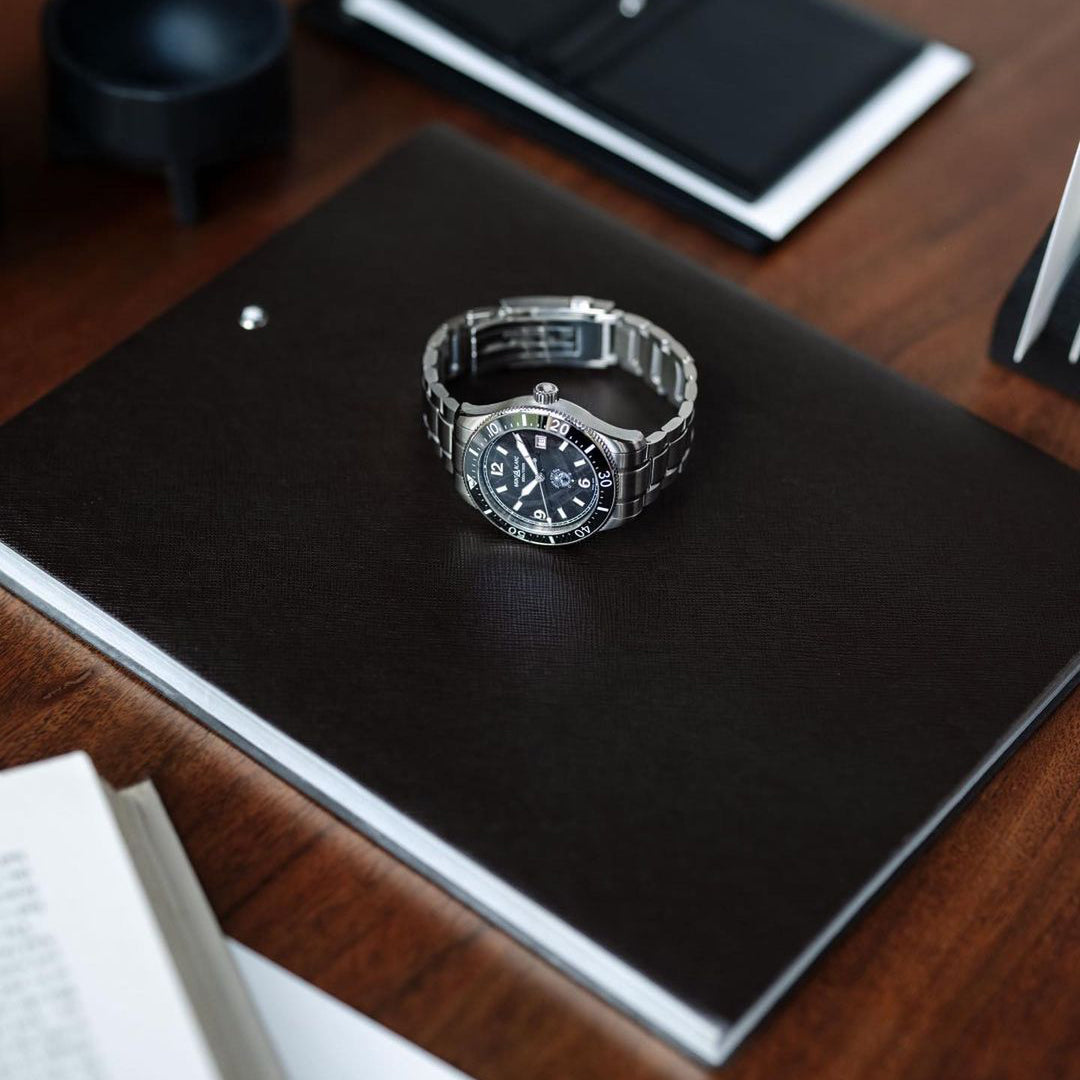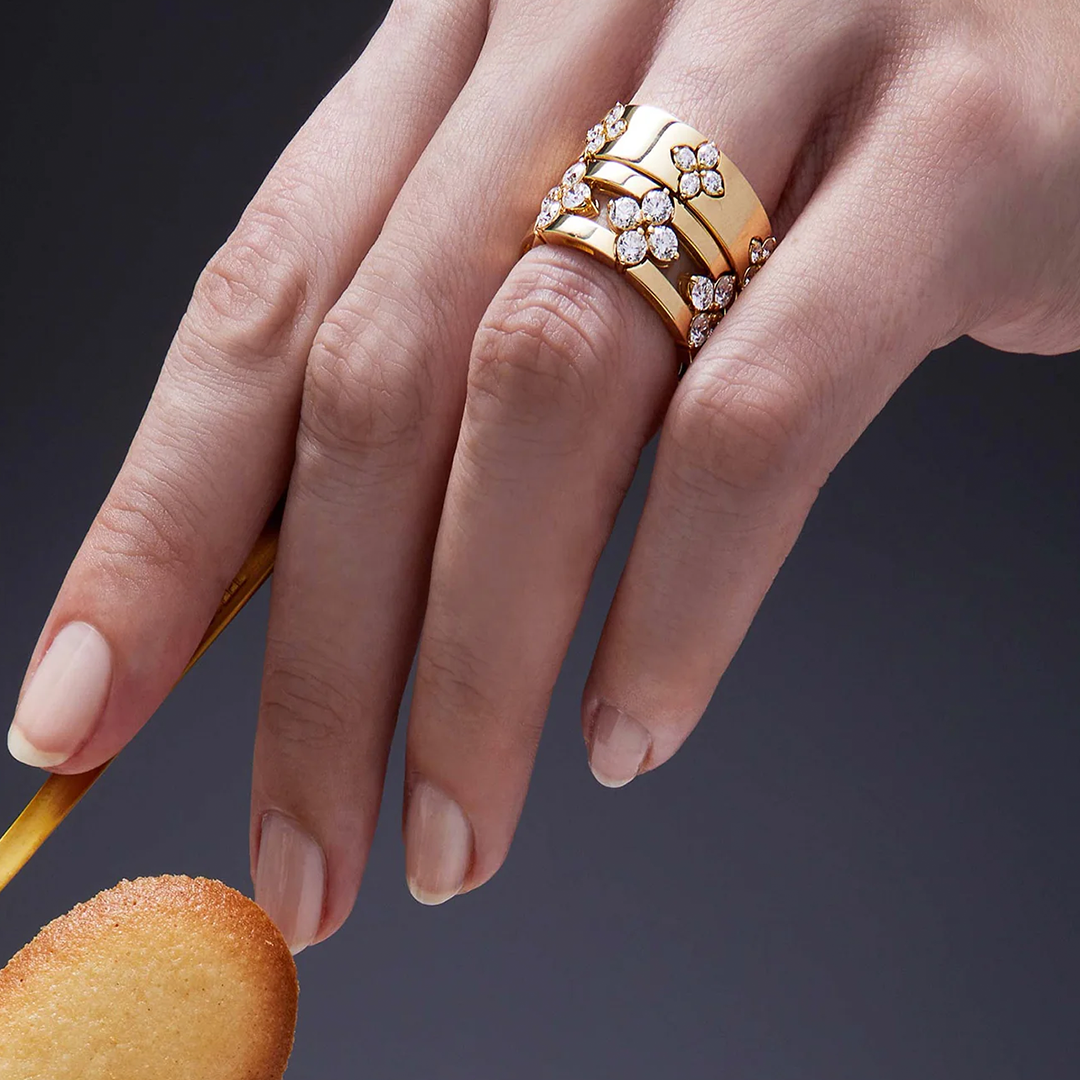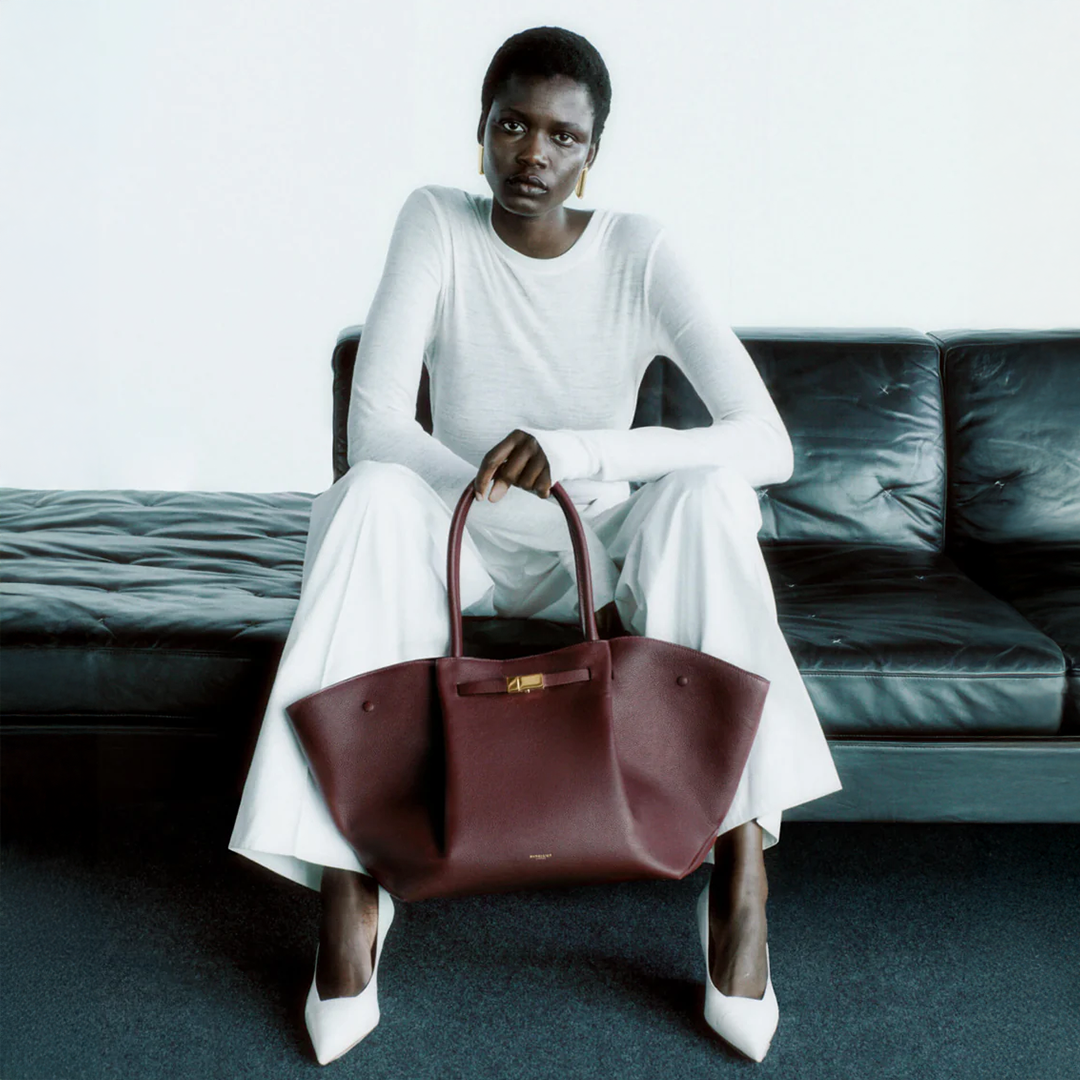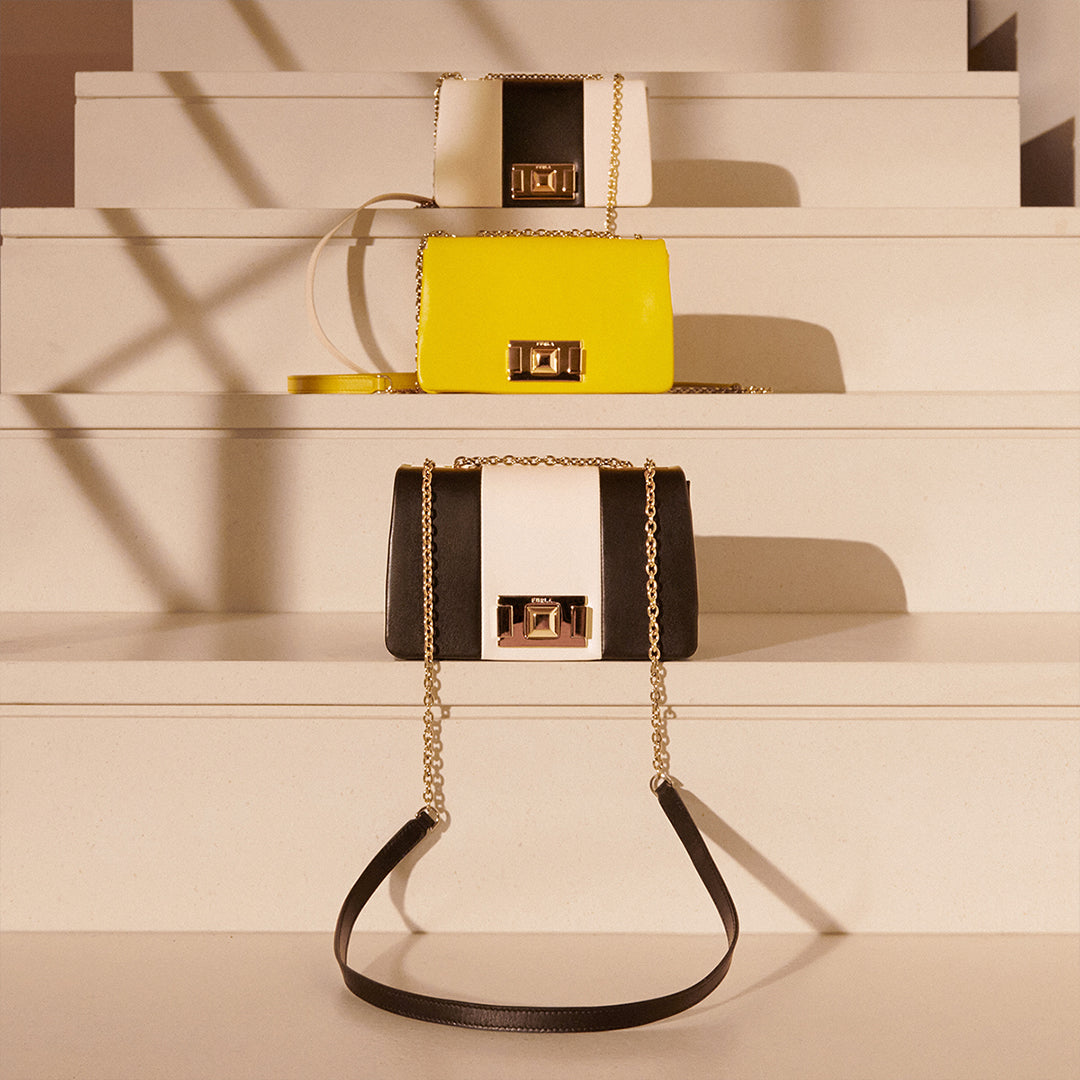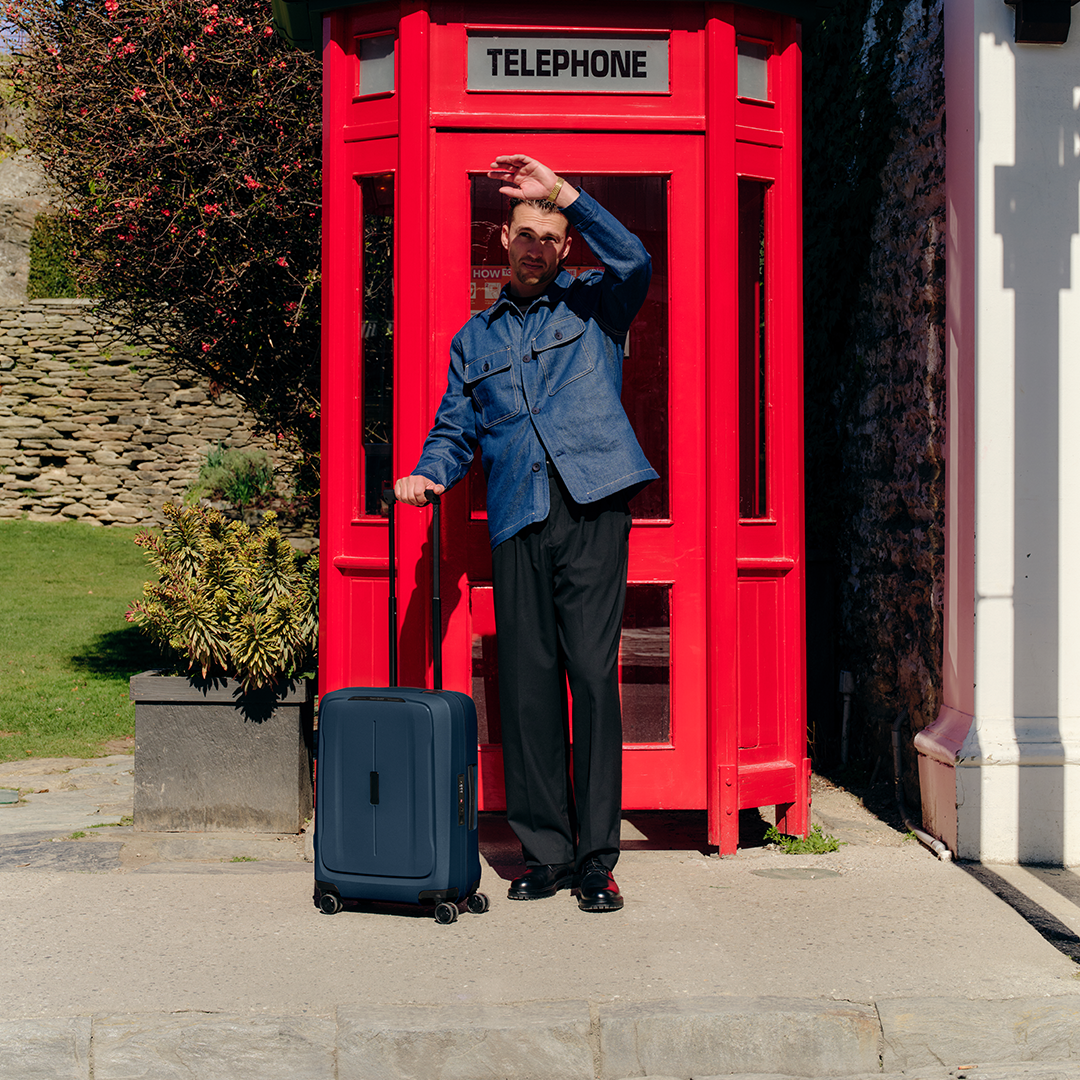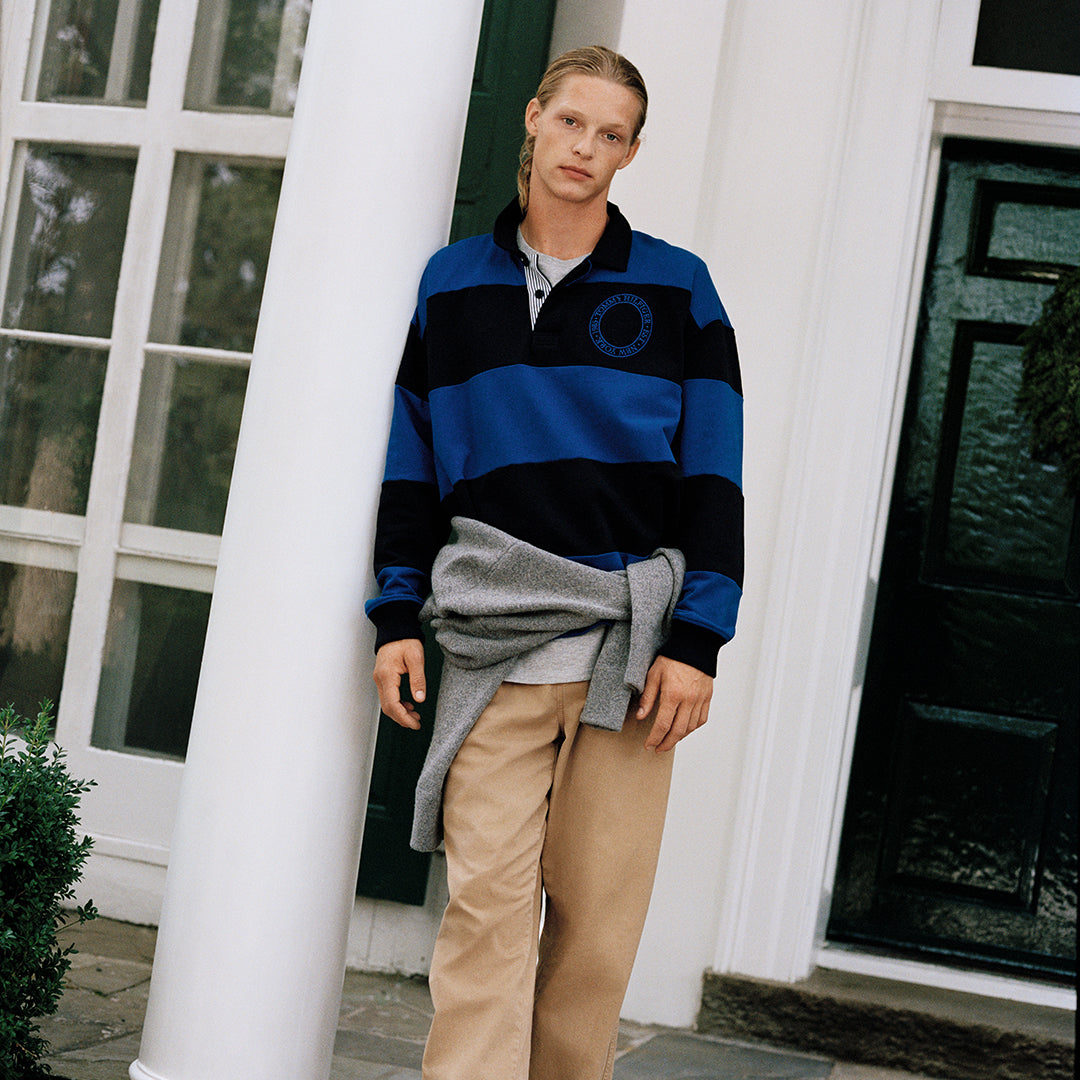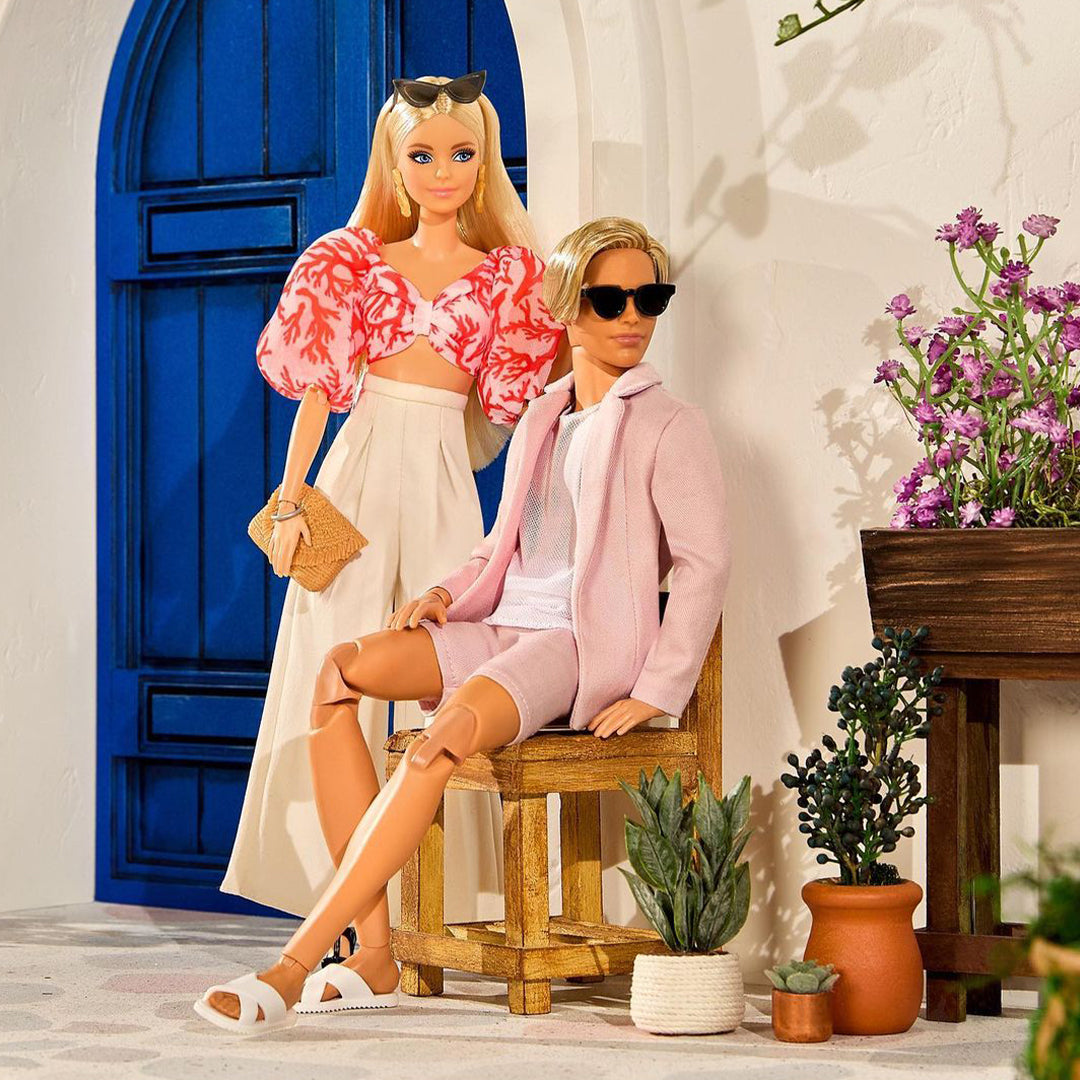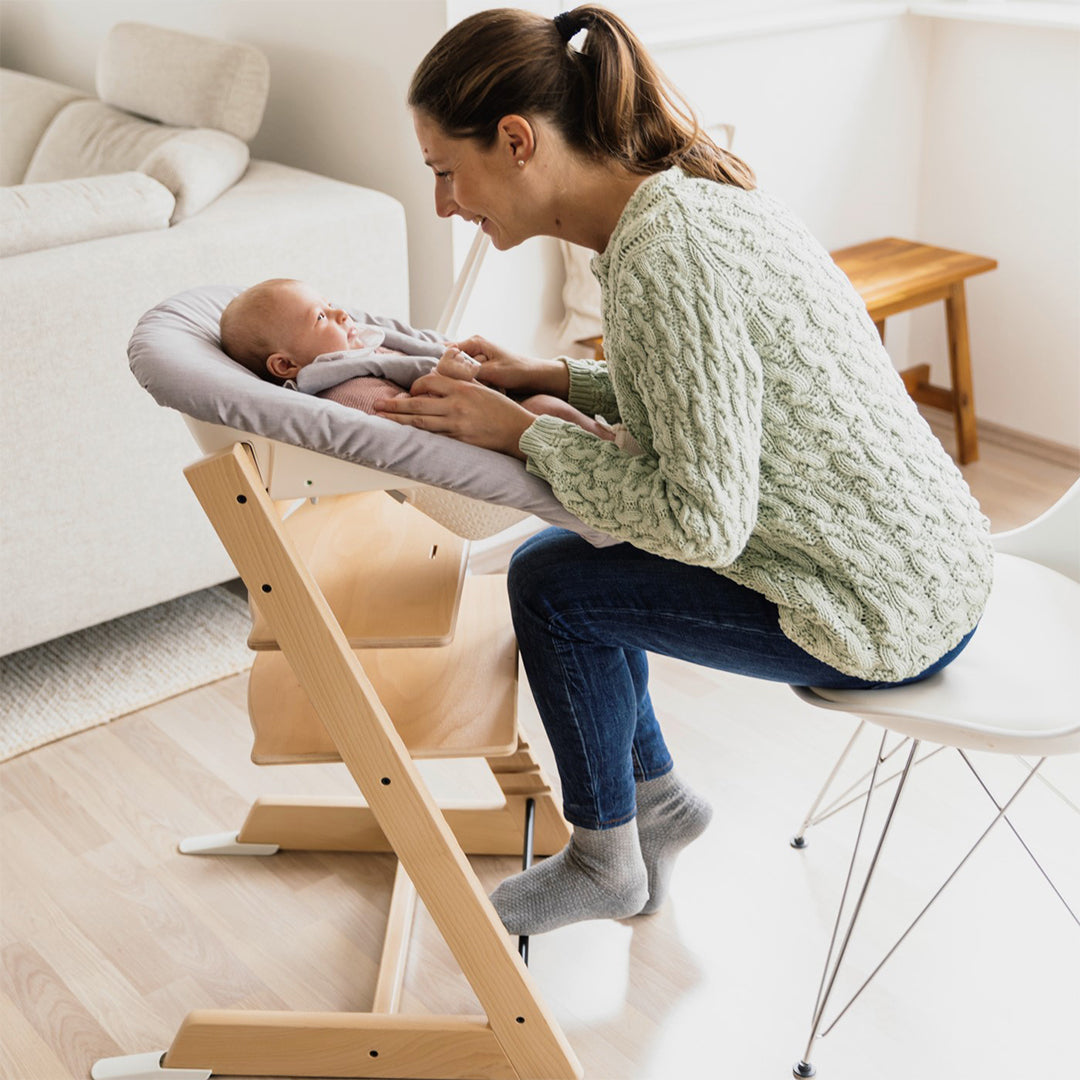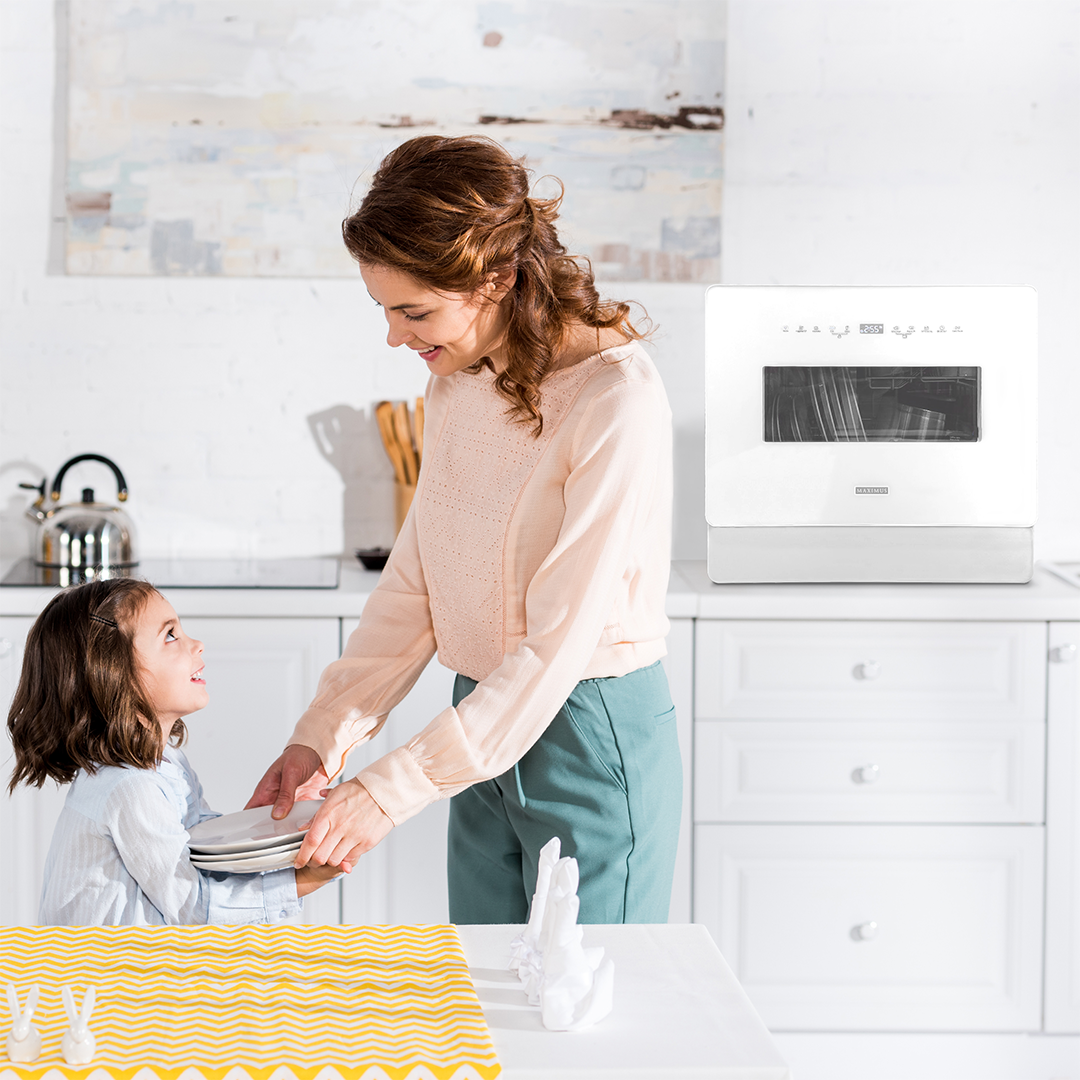Photos from Instagram (@pamquinones)
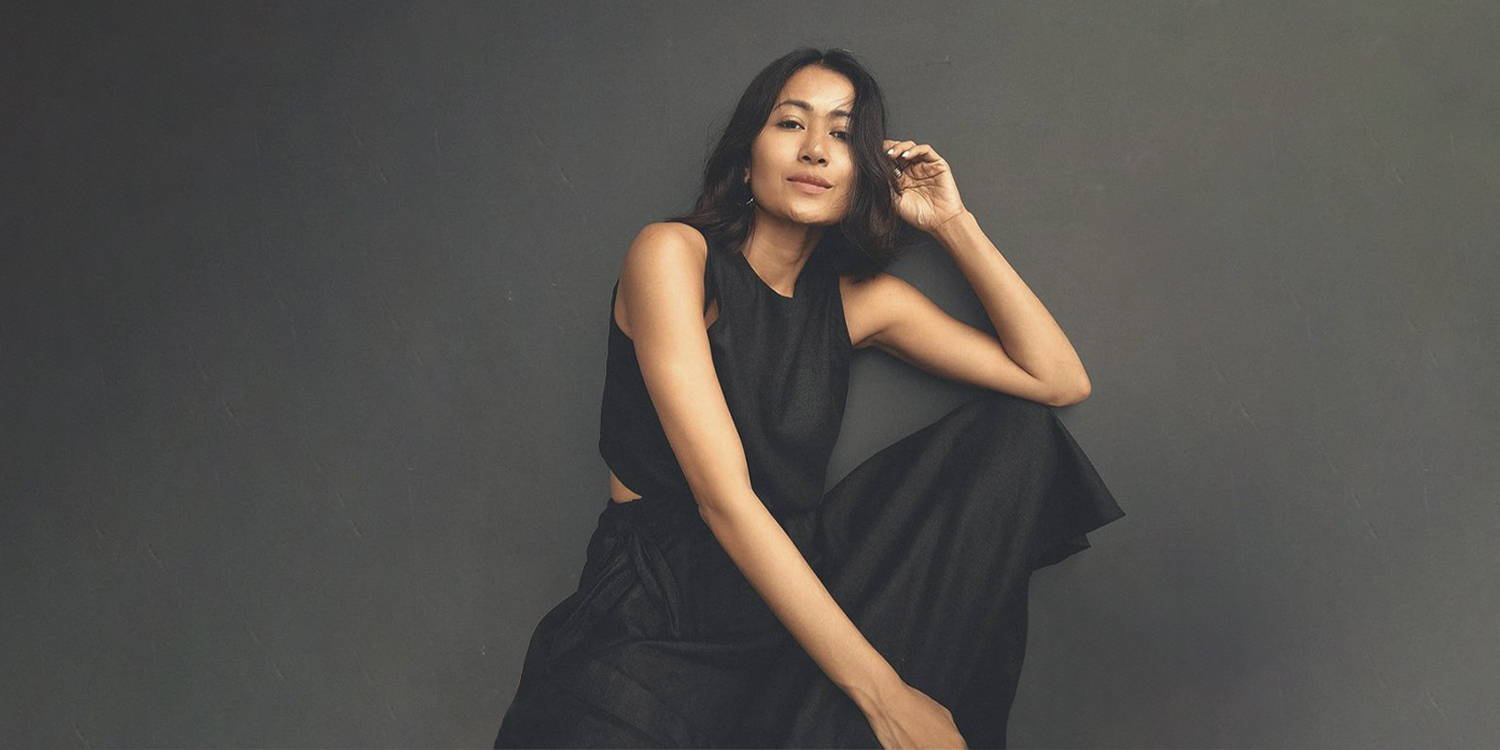
Pam Quiñones on Mindful Style and Fashion Investments
PAM QUIÑONES ON MINDFUL STYLE
& FASHION INVESTMENTS
The stylist and entrepreneur walks us through the importance of owning one's personal style in the pursuit of sustainable consciousness in fashion.
Interview by Timothy Diao
For over two decades, Pam Quiñones has become a household name in the Philippine fashion industry. Juggling many hats, she has built her career crafting iconic fashion images, styling artists and celebrities into muses, and mentoring an industry of sartorial storytellers. Now, she wears a chic white hat with Vestido, a Manila-based fashion rental and retail company for the style and eco-conscious set.
Like most new chapters, the stylist and entrepreneur’s beginnings in sustainability started with a simple conversation that turned into a life-changing introspection. When she was editor-in-chief of L’Officiel Manila, Pam frequently amassed bags of press kits and documents that she would often end up discarding (an alarming norm in the industry that editors and content creators alike have more frequently been calling out). Observing this, her husband challenged her to only bring home what she was sure she would not throw away. The practice slowly turned into a shift in mindset and lifestyle, birthing a point-of-view where she questioned the waste we created around us—in everyday life and fashion.
After six years, Pam has found that to be truly sustainable: one must own their personal style, be mindful of fashion investments, and seek a new sartorial life through circulation.
Can you tell us how the idea of Vestido came about?
My colleague from L’Officiel Manila, Cindy Go-Bayot, and I knew we wanted to start a fashion-related business but with a purpose. For Cindy, it was the idea that it was becoming impractical to keep buying formal clothes that she would only wear once, to attend weddings, for example. And a lot of our friends also had the same complaint.
As for me, it was a bit different. I had started my journey into practicing a more mindful lifestyle two years prior. And I’ve always been conflicted with the number of clothes we’d amass in the closets of Qurator Studio. During those times, once a celebrity has worn a dress no other celebrity can wear it. It’s almost like fashion suicide. So we had a lot of special pieces that were in mint condition and deserved to be re-worn and enjoyed by someone else. That’s really how the rental idea came about. We wanted to give people access to special pieces without the commitment and only for a fraction of the price.
How has the journey of growing Vestido been like for you and the team?
The beginning was quite challenging because we felt like we had to “educate” the market on the advantages of rental. It’s economical, curated, and doesn’t contribute to fashion waste. Most people were not keen on the idea of being the second, third, or fourth wearer. They wanted to own the pieces and be the first ones to wear them. Four years after, here we are, and I must say that we are at a point where we don’t really need to convince people about the concept of fashion rental anymore. In fact, they welcome it as an option for special occasion dressing. That mindset shift has been very valuable for us.
Can you tell us how the idea of Vestido came about?
My colleague from L’Officiel Manila, Cindy Go-Bayot, and I knew we wanted to start a fashion-related business but with a purpose. For Cindy, it was the idea that it was becoming impractical to keep buying formal clothes that she would only wear once, to attend weddings, for example. And a lot of our friends also had the same complaint.
As for me, it was a bit different. I had started my journey into practicing a more mindful lifestyle two years prior. And I’ve always been conflicted with the number of clothes we’d amass in the closets of Qurator Studio. During those times, once a celebrity has worn a dress no other celebrity can wear it. It’s almost like fashion suicide. So we had a lot of special pieces that were in mint condition and deserved to be re-worn and enjoyed by someone else. That’s really how the rental idea came about. We wanted to give people access to special pieces without the commitment and only for a fraction of the price.
How has the journey of growing Vestido been like for you and the team?
The beginning was quite challenging because we felt like we had to “educate” the market on the advantages of rental. It’s economical, curated, and doesn’t contribute to fashion waste. Most people were not keen on the idea of being the second, third, or fourth wearer. They wanted to own the pieces and be the first ones to wear them. Four years after, here we are, and I must say that we are at a point where we don’t really need to convince people about the concept of fashion rental anymore. In fact, they welcome it as an option for special occasion dressing. That mindset shift has been very valuable for us.
+ More about Vestido
"During the pandemic, we merged with our old competitor RSVP and moved forward under the Vestido name. The brand has grown since, with the launch of Studio Sessions, an intimate experiential event for our community of Vestido #Mvses (like-minded friends and collaborators). We also launched Burlô (short for burloloy), our line of hand-made jewelry designed to finish a Vestido look, as well as our totes, made to match our #presko dresses and are meant to be used every day. These accessories are handcrafted in the Philippines, supporting local artisans, and available only in limited quantities.
Vend by Vestido is our resale platform which also launched during the pandemic. And we partnered with One Tree Planted wherein every purchase means a tree is planted under the buyer’s name. We understand that rental and resale contribute to lessening fashion’s environmental impact, and a tree planted for every purchase is a way to give back. This is something we also plan to apply to Vestido."
"Sustainability as a concept is abstract, vague, and intimidating... My take is: I see it as mindfulness in making decisions that lessen our negative impact."
Photo from Instagram (@pamquinones)
"Sustainability as a concept is abstract, vague, and intimidating... My take is: I see it as mindfulness in making decisions that lessen our negative impact."
Photo from Instagram (@pamquinones)
Sustainability has become a significant idea in fashion, and you’ve been vocal about your passion for it—both in business and in your personal life. How did you come about seeing the importance of sustainability?
My husband started this dialogue with me in 2015 when I was bringing home paper bags of press kits and stacks of paper that I would eventually dispose of. He challenged me to only bring things inside the house that I won’t throw away. My journey began with that simple dialogue. Slowly I found myself practicing more mindfulness each day, from the food I eat and the clothes I choose. As I became more aware of my choices, I made it a point to become more informed. All these clothes I no longer wear and dispose of, where do they actually go? Then I started feeling uncomfortable knowing that I contribute to the growing landfill. It’s this pivotal moment of realization that every fashion decision I make has an impact. And is that impact contributing to the problem? Or is there a solution? And if there is a solution, I want to be part of it!
Sustainability as a concept is abstract, vague, and intimidating for a lot of people. It was, too, for me. What I have come to realize is you make your path to sustainability. My take is: I see it as mindfulness in making decisions that lessen our negative impact.
+ mind the advice
- Start small. Look into habits you do every day. One small change each day, week, month, or year can affect a bigger change.
- Explore, discover, and own your personal style.
- Do not judge yourself. Instead, help yourself become more mindful. Be informed: read, listen to podcasts, converse with other people, and find new heroes you can look up to.
It’s not an easy shift for anyone. How do you ensure that your fashion decisions are as sustainable as possible?
Coming to realize that sustainability is the journey, not the destination. It’s about making small incremental steps that eventually make a big impact. It’s a practice, a mindset, and a lifestyle that begins with a single step towards mindfulness.
In a surprising turn, I’ve also come to realize that to become truly stylish is to become more sustainable. The truly stylish own their personal style, not allowing the latest trends to dictate their fashion, but the knowledge of what works for them, and what feels good. Sure, trends make for a good refresh and can be exciting. However, knowing your personal style allows you to navigate and translate those trends into what works for you and make them your own. That I think is one of the qualities of a truly stylish person.
It takes a great deal of self-discovery to form the parts and parcel of your personal style. And that’s ok. That journey should be fun and full of possibilities—and devoid of judgment.
In my opinion, the truly stylish have a well-edited closet. Because of their heightened awareness of self (having built the understanding of what works for their body type, what reflects their lifestyle and interests among others), there is no need for excess. Shopping for something new is intentional becomes a more meaningful practice because it is now an act of refinement rather than an experiment.
I’d like to see my closet as an “exclusive club” where every piece in it must pass the criteria to become a member. This mindset allows me to see clothes differently and treat them as special pieces, designer or not.
It’s not an easy shift for anyone. How do you ensure that your fashion decisions are as sustainable as possible?
Coming to realize that sustainability is the journey, not the destination. It’s about making small incremental steps that eventually make a big impact. It’s a practice, a mindset, and a lifestyle that begins with a single step towards mindfulness.
In a surprising turn, I’ve also come to realize that to become truly stylish is to become more sustainable. The truly stylish own their personal style, not allowing the latest trends to dictate their fashion, but the knowledge of what works for them, and what feels good. Sure, trends make for a good refresh and can be exciting. However, knowing your personal style allows you to navigate and translate those trends into what works for you and make them your own. That I think is one of the qualities of a truly stylish person.
It takes a great deal of self-discovery to form the parts and parcel of your personal style. And that’s ok. That journey should be fun and full of possibilities—and devoid of judgment.
In my opinion, the truly stylish have a well-edited closet. Because of their heightened awareness of self (having built the understanding of what works for their body type, what reflects their lifestyle and interests among others), there is no need for excess. Shopping for something new is intentional and becomes a more meaningful practice because it is now an act of refinement rather than an experiment.
I’d like to see my closet as an “exclusive club” where every piece in it must pass the criteria to become a member. This mindset allows me to see clothes differently and treat them as special pieces, designer or not.
+ Pam on the future of fashion
What do you think is the future of fashion with awareness for sustainability, conscious shopping decisions? , and the circular fashion economy?
I see the future as going in the direction of hyperlocalization, circular economy and mindful consumption (less environmental impact and responsible capitalism), and Techcelleration and the Metaverse.
- Hyperlocalization is a global movement where consumers and creators are searching for their sense of identity and individuality. Brands are looking from within, going back to their roots to draw inspiration and create something unique. There is a focus on local craft, customization, and upskilling. Consumers are becoming more and more local-focused, engaging in neighborhood community practices. And with sustainability as a hot topic, they will highly value the smaller footprint of locally centered products and activities.
- The pandemic was a global wake-up call that brought everyone to a state of essentialism. What once was a fringe topic, sustainability is now on everyone’s lips. It's time that everyone stops consuming mindlessly and start asking questions. Research shows that 88% of consumers want brands to help them be more environmentally friendly. And this number is growing as more brands are making small strides into becoming more sustainable.
Resale, rental, re-wear, and upcycling will gain traction as more brands come up with more sustainable solutions, and consumers apply more sustainable approaches into daily life.
- The digital-only fashion scape, albeit new, is poised for exponential growth with luxury fashion houses dipping their toes in the metaverse. Journalist Laura Pitcher writes, “Much like a filter, one-off garments have the potential to exist only online, voiding the clothing cycle altogether.”
Augmented reality, artificial intelligence, and big data will be part of our daily lives. Big data helps brands run more efficiently, giving them room to innovate and balance supply and demand. This is a great thing because brands are only producing pieces consumers will actually wear, and connecting the right consumers with pieces they will enjoy. In turn, this reduces waste and avoids excess or surplus.
The digital fashion of the online gaming world has exploded. But outside the gaming world, for instance, in social media, they fulfill our newfound need for “fashion pics/OOTDs/fit pics” without the environmental side effects.
It’s like seeing personal style as a long-term investment. How would you define a fashion investment?
High quality, great design, something you absolutely love (and will then care for), and something scarce. It could be a designer item with superior quality or a handmade artisanal piece that is made with artful skill and in small quantity. It is something that completes your personal style, something that refines the edges of your style.
What does investing in fashion mean to you? When did you first think of fashion pieces as an investment?
I used to think that fashion investments meant the most expensive or cult item you can buy and keep. But as I gained more experience and knowledge, I realize that style is not a competition of who has the latest “it” or most exclusive bag, nor is it about reselling pieces for a higher value. But, simply, it’s about personal style. It’s about knowing who you are, what works for you, and what do you want to say with the way you look and dress.
Our biggest fashion investment should be finding what our distinct personal style is because once you have an idea of that, everything else is easy. You avoid excess and waste because you will only buy what works for you and what speaks to your personal style. Your big-ticket purchase, or fashion-investment buy, if you like, will be more meaningful. And because that item reflects your style, you know you will wear this piece many times over. A true fashion investment has a very high number of wear, or at least a probability of wear, and is definitely timeless. And a good fashion investment is one that has a high potential for circularity.
You can find Pam Quiñones and Qurator Studio on Instagram (@pamquinones and @qurator_studio, respectively)
Rent and consign your fashion at Vestido (@vestido.manila and vestidomanila.com)


